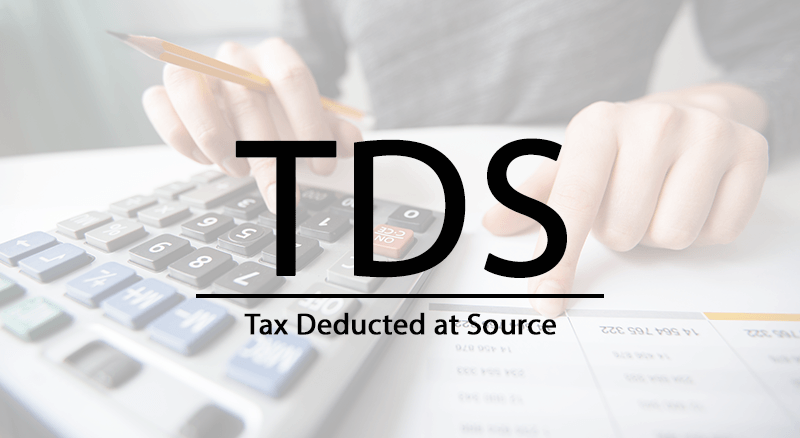Decoding Operating Expenses: Key to Financial Health

Operating expenses, often referred to as OpEx, encompass a wide array of costs incurred by businesses in their day-to-day operations. These expenses are essential for maintaining and growing a business but require meticulous scrutiny to ensure optimal financial health.
List of 20 Primary Operating Expenses
What are the two main types of operating expenses?
Operating expenses can be categorized into two main types:
1) Selling, General, and Administrative Expenses (SG&A): These expenses encompass costs associated with sales and marketing, administrative functions, and overall day-to-day business operations. This category includes items like employee salaries, office supplies, advertising, and utilities.
2) Cost of Goods Sold (COGS): COGS includes expenses directly tied to the production of goods or services sold by the company. It covers costs such as raw materials, manufacturing labor, and production overheads. For retail businesses, COGS may also include the cost of purchasing inventory items.
Operating expenses formula

The operating expenses (OpEx) formula is a fundamental equation used in financial analysis to calculate the total operational costs incurred by a business during a specific period. It provides insight into the day-to-day expenses necessary for running the core operations of the company. The formula for operating expenses is:
Operating Expenses = Cost of Goods Sold (COGS) + Selling, General, and Administrative Expenses (SG&A)
In this formula:
Cost of Goods Sold (COGS): COGS represents the direct costs associated with producing or purchasing the goods that a company sells during a specific period. It includes costs such as raw materials, labor, and manufacturing overhead. For service-based businesses, COGS may not be applicable, as they don't sell physical products. In such cases, the formula simplifies to Operating Expenses = SG&A.
Selling, General, and Administrative Expenses (SG&A): SG&A includes all the indirect operational costs not directly tied to the production of goods. This category encompasses expenses like employee salaries, rent, utilities, office supplies, marketing, administrative costs, and other day-to-day operational expenses.
By adding COGS and SG&A together, the operating expenses formula provides a comprehensive view of the total costs incurred by a company in its regular business activities. This metric is crucial for evaluating the efficiency and profitability of a business, as well as for comparing operational performance over different periods or against industry benchmarks.
Analyzing trends in operating expenses can help businesses identify areas where costs can be reduced, processes can be optimized, or resources can be reallocated to improve overall operational efficiency. It also aids investors, analysts, and stakeholders in assessing a company's financial health and making informed decisions related to investments and strategic partnerships.
Where are operating expenses?
Operating expenses can be found in various aspects of a company's financial statements, such as the income statement or profit and loss statement. They include items like employee salaries, rent, utilities, office supplies, marketing expenses, and other costs directly related to running the business.
Is salary an operating expense?
Yes, salary is considered an operating expense. Employee salaries are a fundamental part of the operating expenses because they represent a significant portion of the costs necessary for the daily operation of a business. Salaries, along with other employee benefits, are essential expenditures that contribute directly to the company's core activities.
Is pre operating expenses an asset?
Pre-operating expenses, also known as pre-operating costs or startup costs, are the costs a company incurs before it begins its regular business operations. These expenses include market research, product development, legal and registration fees, marketing, hiring, training, and other costs associated with setting up a new business.
Pre-operating expenses are not considered assets in the traditional accounting sense. In accounting terms, assets are resources with economic value that a company owns or controls, which are expected to provide future benefits. Pre-operating expenses do not meet this criterion because they do not generate direct economic benefits on their own. Instead, they are costs that are expensed as incurred.
When a business starts operating, these pre-operating expenses are usually accounted for as part of the initial operating expenses. They are considered part of the overall investment in the business but are not classified as assets on the balance sheet. However, it's important for businesses to carefully track and document these expenses because they can often be deducted from taxable income over a period of time, reducing the company's tax liability in the future.
Is interest expense included in operating expenses?
Interest expense is a critical component of a company's financial structure, but it is not typically classified as an operating expense. Operating expenses, as mentioned earlier, include costs directly related to the day-to-day operations of a business, such as employee salaries, rent, utilities, and office supplies.
Interest expense, on the other hand, arises from the cost of borrowing capital. When a company takes out loans, issues bonds, or uses credit lines, it incurs interest on these financial instruments. This interest cost is a result of the company's financing activities, not its operational activities. Financing activities involve transactions with the company's owners and creditors, affecting the company's capital structure.
Analyzing interest expense separately from operating expenses is crucial for financial analysis. By separating these costs, analysts can assess a company's operational efficiency without the influence of its financing decisions. Interest expense is a key factor in determining a company's financial leverage and its ability to meet debt obligations. It affects a company's profitability, especially when comparing net income to interest payments, giving investors valuable insights into the company's financial health and risk management practices.
Operating Expenses for Rental Property

Operating expenses for rental properties encompass various costs associated with managing and maintaining the property, ensuring it remains attractive to tenants while generating sustainable returns for property owners.
These expenses include property management fees, maintenance and repairs, insurance, property taxes, utilities, advertising, and legal and administrative fees.
Property owners must strike a delicate balance between minimizing costs and providing high-quality amenities and services to tenants. Effective management of these expenses not only preserves the property's value but also contributes to positive tenant experiences, leading to stable rental income and long-term profitability.
SaaS Operating Expenses

Software as a Service (SaaS) businesses, operating expenses take on a unique dimension. These encompass costs related to software development, server hosting, customer support, marketing, employee salaries, and administrative overheads.
For SaaS companies, customer acquisition costs and ongoing customer support play a crucial role. Managing SaaS operating expenses effectively involves optimizing cloud infrastructure costs, enhancing customer retention strategies, and continuous innovation to ensure the scalability and profitability of the business.
Strategic allocation of resources, coupled with a keen understanding of market demands, is vital for SaaS companies to thrive, innovate, and deliver exceptional value to their customers.
Importance of operating expenses
Understanding the importance of operating expenses is crucial for informed financial analysis and strategic decision-making.
Here are five reasons why operating expenses are vital for businesses:
- Profitability Assessment
Operating expenses play a pivotal role in determining a company's profitability. By subtracting these expenses from the total revenue, businesses can calculate their operating income. This figure represents the earnings generated from core operations before interest and taxes. Monitoring operating expenses over time allows companies to assess their operational efficiency and profitability trends accurately.
- Cost Efficiency and Budgeting
Analyzing operating expenses helps businesses identify areas of cost inefficiencies and enables them to make informed decisions about budget allocation. By scrutinizing these costs, companies can optimize their resources, streamline processes, and reduce unnecessary expenditures. This meticulous budgeting ensures that resources are allocated judiciously, maximizing the value generated from each operational dollar spent.
- Investor and Stakeholder Confidence
Investors and stakeholders closely examine operating expenses when evaluating a company's financial health. A well-managed business with controlled operating expenses demonstrates prudent financial management. Investors often seek companies with a consistent track record of managing these costs effectively, indicating a strong foundation for growth and sustainable profitability. Effective management of operating expenses enhances investor confidence and can positively impact a company's stock performance and market reputation.
- Strategic Decision-Making
Understanding operating expenses provides valuable insights for strategic decision-making. By dissecting these costs, businesses can identify areas for potential cost-saving measures, negotiate better deals with suppliers, and assess the impact of expansion or diversification initiatives. Smart strategic decisions, informed by a detailed analysis of operating expenses, can lead to increased competitiveness, market penetration, and long-term sustainability.
- Cash Flow Management
Operating expenses significantly influence a company's cash flow. By managing these expenses effectively, businesses can maintain healthy cash reserves, ensuring they have the liquidity needed to cover day-to-day operational costs, invest in growth opportunities, and meet financial obligations. Proper cash flow management, guided by a keen understanding of operating expenses, is essential for short-term stability and long-term financial resilience.
In essence, monitoring and managing operating expenses are indispensable for businesses aiming for sustainable growth and financial stability. A meticulous focus on these costs empowers companies to enhance profitability, make informed strategic choices, and foster investor confidence, ultimately paving the way for long-term success in the competitive business landscape.





